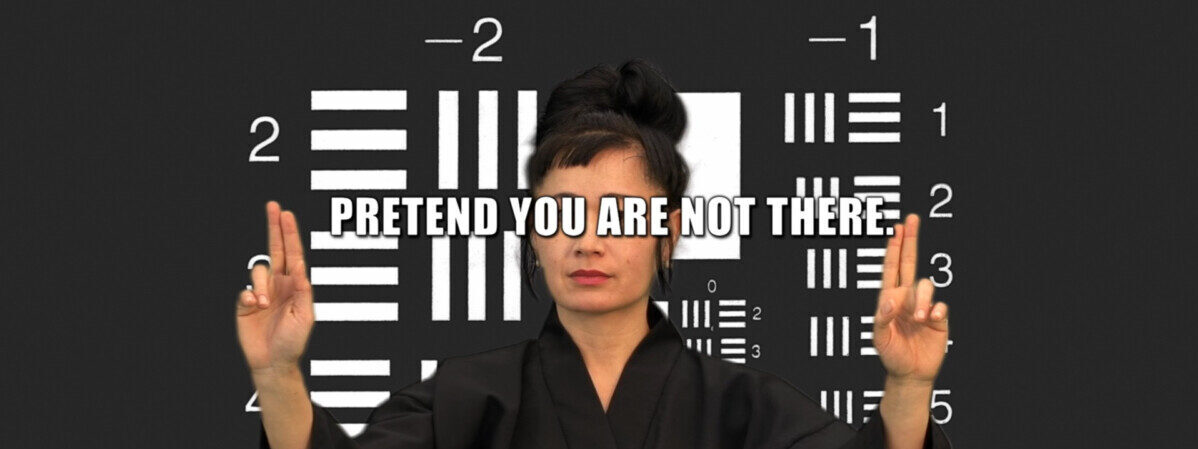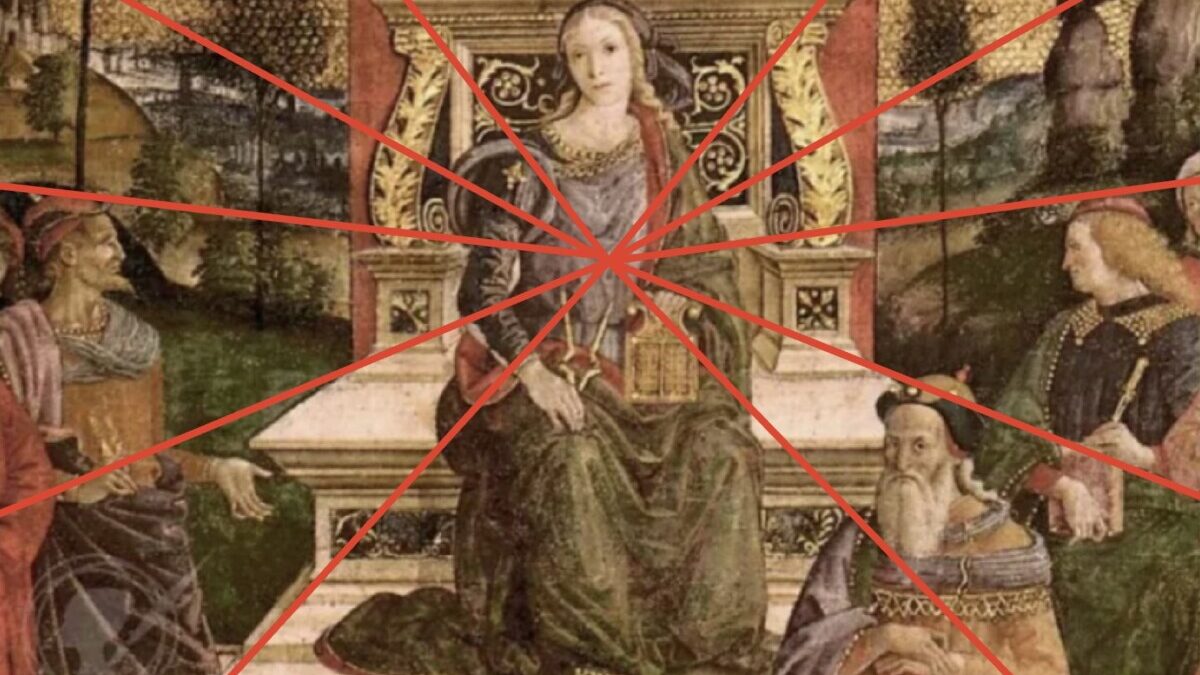For the last searcher post, I’ve selected a video art piece named Sound & Vision: Immortal Lands produced by British-born multimedia artist Alexander James in 2019. James has a successful career as a painter and is often renowned for his unique understanding and usage of colors. Nevertheless, the artist has long expressed his interest in working with mixed media such as fabrics, clothing, and even film. After spending time traveling and living on the road in both the Arizona and New Mexico deserts, James experiences “lucid dreams that he believes were directly manipulated by the surrounding atmosphere in the desert” (“Alexander James”, 2023). Fascinated by this experience, he decides to utilize raw footage recorded during his stay there to “recreate particular memories and moments from past experiences” (“Alexander James”, 2023).
The video begins with James providing a voiceover in which he mixes descriptions of the desert such as “this orbit of malicious intruding sand, little metal objects” with abstract phrases such as “ignite life’s freakish colors, bite back the delicate mirrors”. At the same time, the visuals are modified to evoke a quality assimilated to the thermal imaging. Such a design reminds me of Global Groove (Nam June Paik, 1973) as Paik also manipulated visuals in his work to maximize their impact on the audience. Concurrently, while I am unsure whether it is an intentional homage to the classic, the horse constructed by lines at 1:21 reminds me of the lion in Big Electric Cat (Dean Winkler and John Sanborn, 1982). The character with a mirror instead of a head shown at 2:20 prompts me to think of the mirror-faced figure wearing a black cloak in Meshes of the Afternoon (Maya Deren, 1943).
James characterizes Immortal Lands as “a manifestation of my dreams into an unknown place bound together by sound, landscapes and meticulously edited footage” (“Alexander James”, 2023). As I recognize various elements that share similarities with those from works we’ve screened in class, I understand and realize James’s interest in mixed media. Corresponding to his own statement that “if I work hard on a subject or on a painting I’ll take the element of that painting that I really liked and then carry it with me on to my next thing”, James consistently creates interesting and insightful works that blur the boundaries between different art forms and produces interesting experimental pieces (Stanley, 2016).

